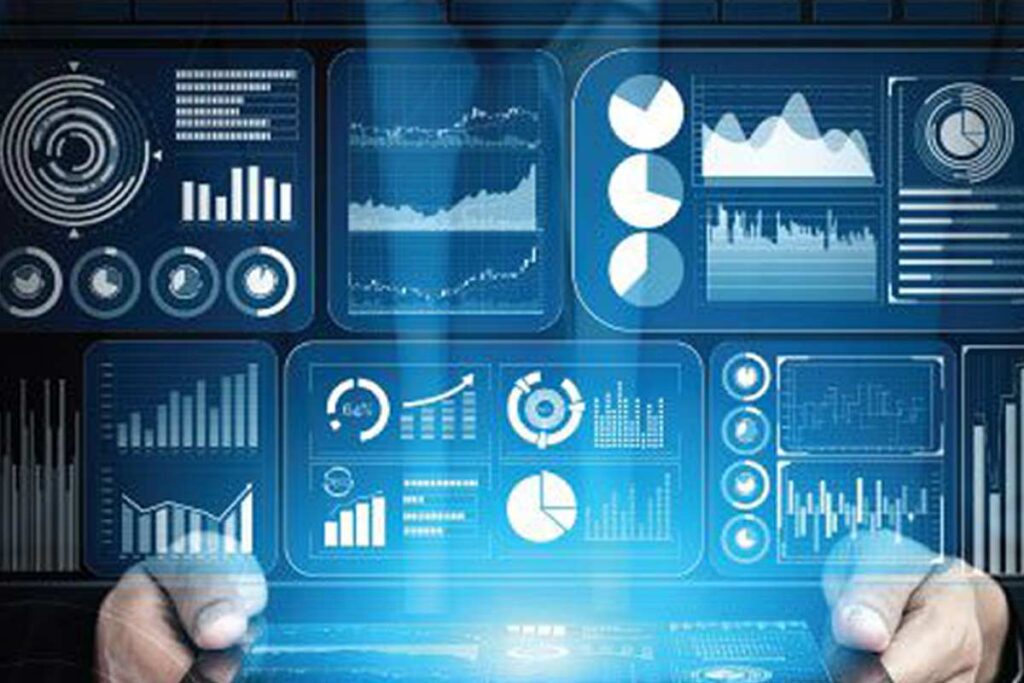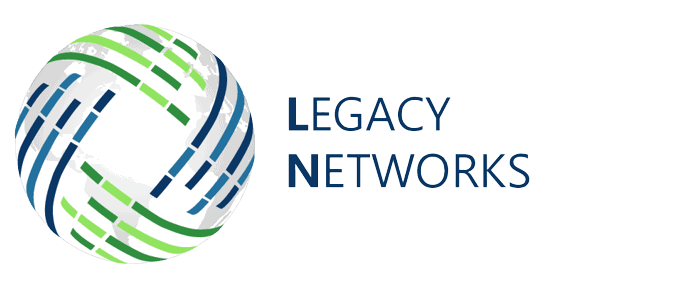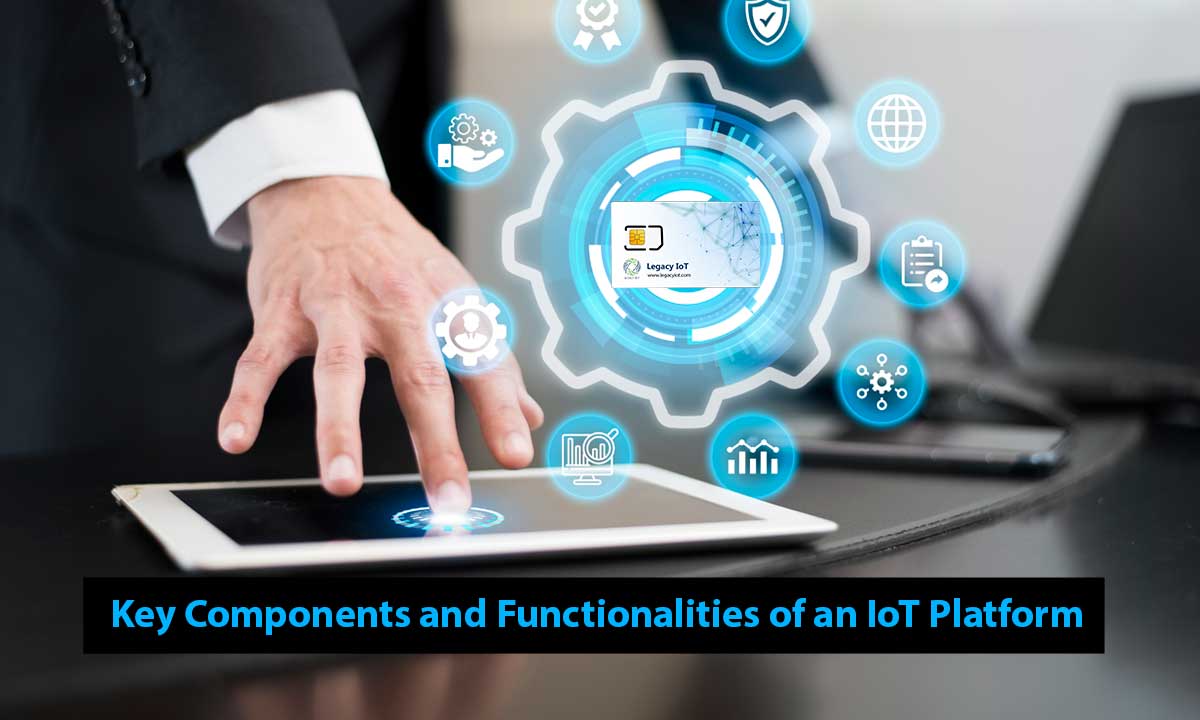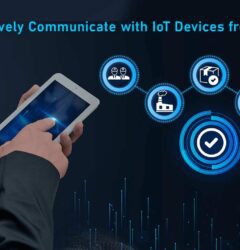Introduction
In the age of the Internet of Things (IoT), the world has witnessed a transformative revolution in the way we collect, manage, and utilize data. At the heart of this revolution lies the IoT platform, a robust and comprehensive software solution that acts as the central hub for managing IoT devices, collecting and processing data, and enabling applications to harness this data effectively. In this blog, we’ll delve into the world of IoT platforms, exploring their key components and functionalities of an IoT Platform that make them essential in our increasingly connected world.
What is an IoT Platform?

An IoT platform is a comprehensive software solution that acts as a central hub for managing and connecting IoT devices, collecting and processing data from these devices, and enabling applications to utilize this data effectively.
Think of it as the bridge that connects the physical world of devices and sensors to the digital world of data and applications.
Want to know more about the IoT Platform?
Here’s a breakdown of the key components and functionalities of an IoT platform:
Device Management
IoT platforms provide a suite of tools to efficiently onboard, monitor, and manage a wide array of IoT devices, regardless of their type or manufacturer. This includes tasks such as provisioning, firmware updates, and remote troubleshooting. Device management is critical in ensuring that all IoT devices are operating efficiently and securely.
Data Ingestion
IoT platforms offer mechanisms for securely collecting data from IoT devices in real-time. This data can vary widely, from temperature readings from sensors to video streams from cameras. Reliable data ingestion is the foundation upon which actionable insights are built, making it a core functionality of any IoT platform.
Data Processing
Once data is collected, IoT platforms can process it to extract valuable insights. This may involve data cleansing, aggregation, and transformation to make it more meaningful and actionable. Data processing is where the raw data is refined into valuable information that organizations can use to make informed decisions.
Connectivity
IoT platforms support various communication protocols, such as MQTT, HTTP, CoAP, and LoRaWAN, ensuring seamless connectivity between devices and the platform. Robust connectivity is essential for real-time data transfer, especially in scenarios where latency is critical.
Security
Security is paramount in IoT, given the sensitivity of the data being transmitted. Legacy IoT platforms incorporate robust security features to protect data in transit and at rest. This includes encryption, authentication, and authorization mechanisms. Ensuring data integrity and privacy is a top priority for IoT platforms.
Analytics and Insights
IoT platforms often include analytics tools that allow users to gain valuable insights from the data collected. These insights can drive informed decision-making and predictive maintenance. Analytics tools enable organizations to extract valuable information from the data, leading to improved efficiency and better decision-making.
Integration
IoT platforms facilitate the integration of IoT data with other business systems and applications, enabling organizations to leverage IoT data across their operations. This seamless integration allows businesses to harness IoT data for various applications, from supply chain optimization to predictive maintenance.
Conclusion
In the Internet of things era, IoT platforms serve as the linchpin that connects the physical world of devices and sensors to the digital world of data and applications. Their comprehensive set of functionalities, including device management, data ingestion, processing, connectivity, security, analytics, and integration, make them invaluable tools for businesses and organizations seeking to harness the power of IoT.
As IoT continues to evolve, IoT platforms will play an even more significant role in enabling innovation and efficiency across various industries. Understanding and leveraging IoT platforms is key to staying at the forefront of this technological revolution.







